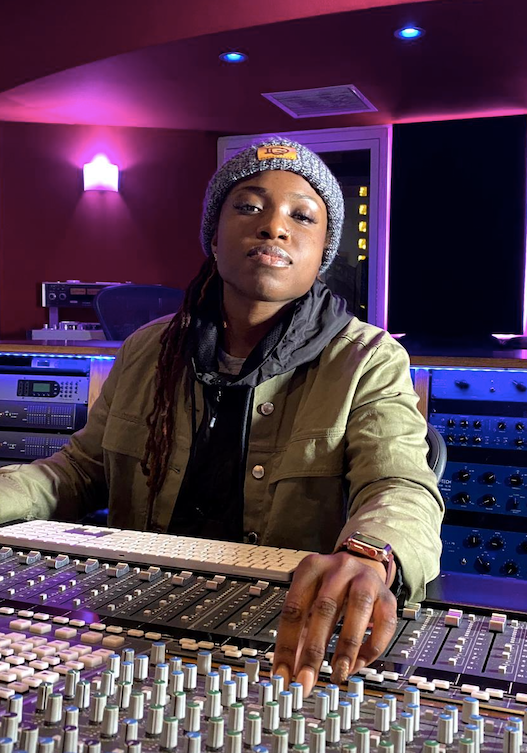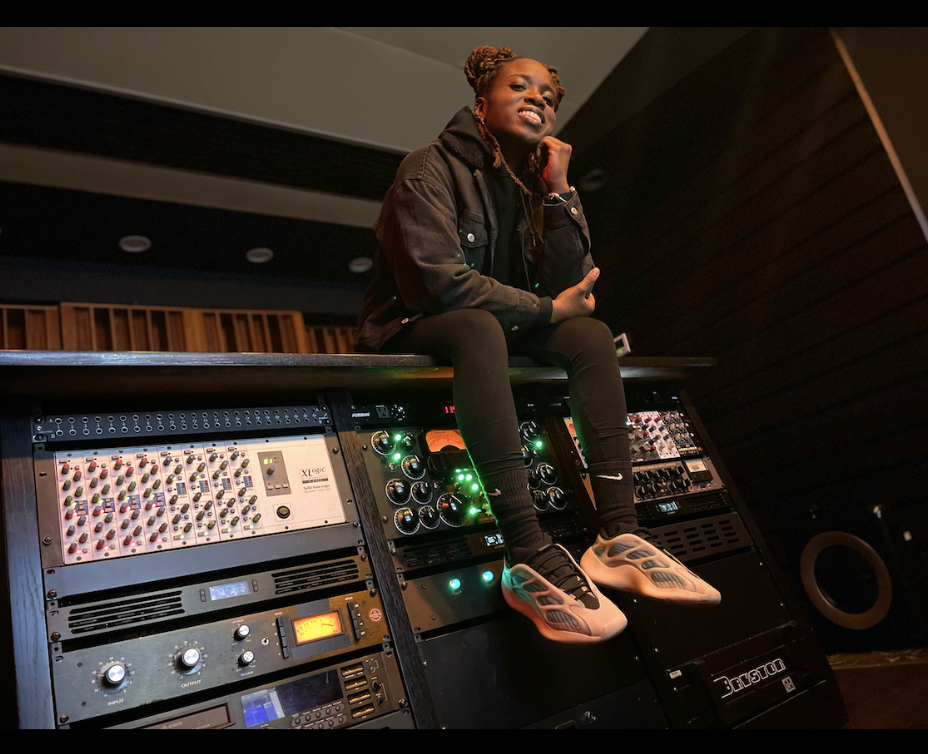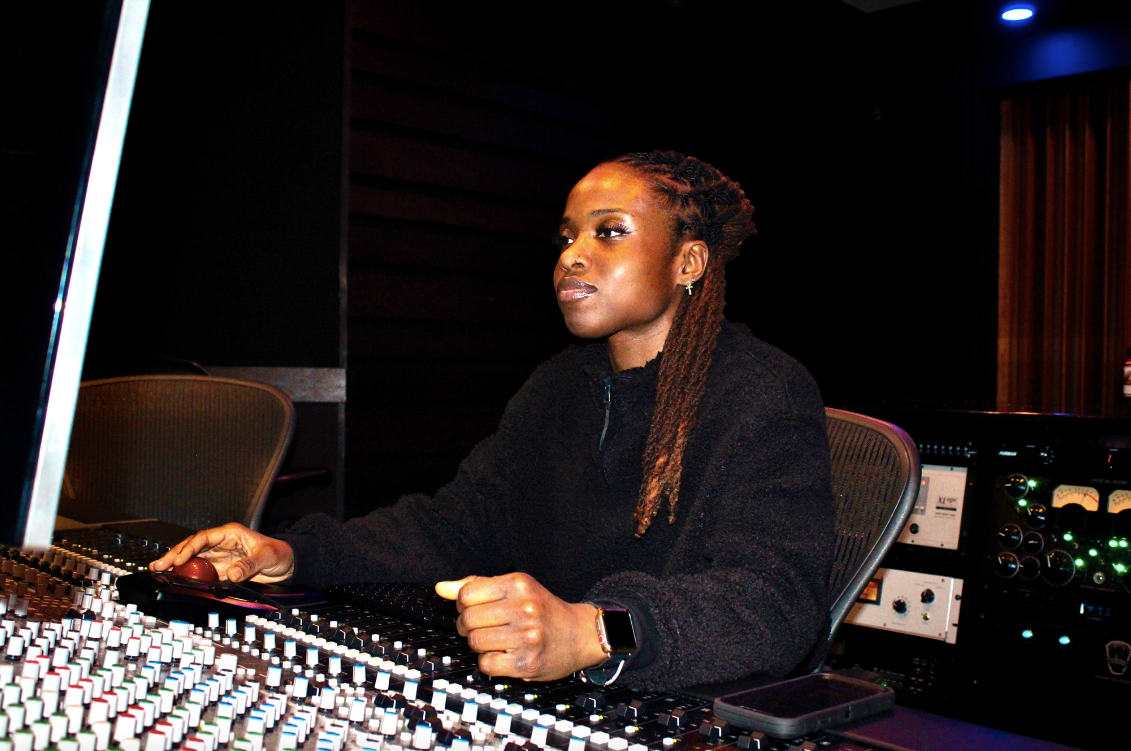New York City-based producer and engineer Zukye Ardella had an unusual route into the music industry – leaving her job as an emergency medical technician to pursue her passion full time. The gamble paid off, as today she’s working with New York’s most exciting hip-hop artists at her very own s5studio in Chelsea, Manhattan, which was founded by her mentor Sonny Carson. Ardella reflects on her music production journey…
How did you go from working as a medical technician to a producer and engineer?
My journey has been unconventional. I went to school to be a doctor and I have a pre-medical degree. People always find that pretty entertaining because I have not used it once! I came to a crossroads at the end of college.
I was always into entertainment and music since I was a kid, and I really felt like I needed to do it. I knew that I couldn't be 50 or 60 years old sitting in the studio until 6am trying to start my music career, but I could definitely be 50 or 60 years old trying to be a doctor in the future, if I want to do that.
How did you get your studio experience?
I started producing and trying to figure things out, working with any artists I possibly could to get my beats out. Sometimes I used to rap over my beats just so I had a song to showcase to people. There was this one showcase that I did, and I ended up getting a free hour of studio time.
That was at the original s5studio, which was started by my friend Sonny. I came in, brought a couple of ideas and laid some hook ideas, and I told him that I'm not really an artist, I'm more of a producer. He said, ‘Your beats are great ideas, but your sounds are not good; you have to pick better sounds’.
I didn't really know what he meant at the time because I wasn't an engineer yet, but I did know that my beats were not sounding like what I hear on the radio.





